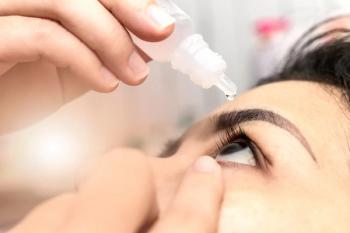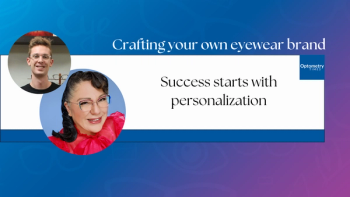
- February digital edition 2020
- Volume 12
- Issue 2
ODs must raise awareness about glaucoma
The number of Americans living with glaucoma is projected to increase to more than 4 million in 2030 and more than 6 million by 2060.
I hope everyone had a good and productive Glaucoma Awareness Month. It’s in January, just in case you needed a reminder for when to wear your green ribbon on the lapel of your lab coat.
Glaucoma Awareness Month is great to promote more public and policy awareness of the great silent blinder that is glaucoma, but, as with my post-Christmas mood, I am making an effort to keep the spirit of glaucoma awareness with me all year. Indeed, I am going to do my best to include this task as part of my obligation to inform and protect the public.
As part of my new-found vigor with respect to saving vision one IOP measurement at a time, I recently read over what the National Eye Institute has to say with respect to glaucoma.1 In optometry school and residency, I learned that about one in every 100 Americans has glaucoma. From a weather forecast standpoint, that’s not a whole lot. From a clinical standpoint, that’s a ton of people!
What’s more staggering is the fact that the number of Americans living with this disease is projected to increase to more than 4 million in 2030 and more than 6 million by 2060.
Of course, one would surmise that this increase has to do with the aging and growing population, at least in part, but are there any other variables at play with respect to such an increase?
Over the last several years, we at Optometry Times have shared numerous advances in glaucoma care and detection, and we will continue to do so in the future. However, I am charging myself with the task with better conveying what contemporary science has to say about what, if anything, can be done to avoid glaucoma in the future.
So far, what we know about glaucoma prevention goes along with common sense: try not to treat your body like a garbage can and get some exercise-oh, and choose parents who don’t have glaucoma. Who knows what the future will hold, and, as an OD with a positive family history of glaucoma, I plan to stay informed.
For now, however, optometrists have to continue to help their communities to understand the importance of comprehensive eye examinations. This means getting out and spreading the word about this disease and what optometrists can do to help patients.
I am about to roll out a social media awareness campaign about glaucoma (and eye health in general) on behalf of my practice.
I’ll keep you posted, and I hope you do the same. Email me with your ideas: bpcasella@gmail.com.
Articles in this issue
almost 6 years ago
How ODs should handle non-compliance with contact lens replacementalmost 6 years ago
Prevention, artificial intelligence, and the future of optometryalmost 6 years ago
Laser vision correction: Look backward to move forwardalmost 6 years ago
Glaucoma facts: Essential perspectives for long-term managementalmost 6 years ago
Technological advancements in glaucoma managementalmost 6 years ago
Experts offer advice to ODs starting dry eye subspecialtyalmost 6 years ago
Retinal detachment seals itselfalmost 6 years ago
The myopia epidemic: Are new therapies in sight?almost 6 years ago
Your glaucoma patients also have ocular surface diseasealmost 6 years ago
A forecast of the global ocular allergy marketNewsletter
Want more insights like this? Subscribe to Optometry Times and get clinical pearls and practice tips delivered straight to your inbox.
















































.png)


